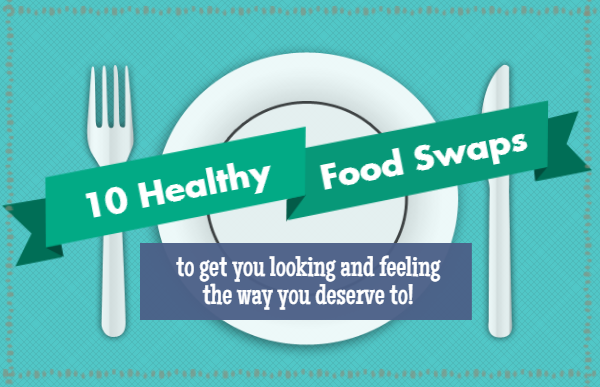Food Philosophy

One of the perks of being a human is that we can eat a wide range of things, from every kingdom of life. With more than 7 billion people on earth, spread over 7 continents, wouldn’t it would be crazy to say that one single diet is right for all of those eaters?
Real Food
People have been eating for a long time without having to label it. Our ancestors gave food a lot of care and attention, but they probably didn’t sit around overanalyzing it, thinking about calories or categorizing themselves into strict camps of “Paleo” or “Vegan” (and then arguing over who was right!)
The way we eat is very personal, and what’s right for one person won’t necessarily be right for the next. We also need different types of food depending on where we are in our lives and personal health situations, and that’s why I think it’s a good idea to tune into our own bodies and give what is needed at the moment.
The common thread and guiding principle that I do feel should be at the base of every healthy diet is a focus on real food.
Real food is food that has made its way to our tables in a way that is as close to how nature intended as possible. It’s food that wasn’t created in a science lab, and it’s food that our ancestors would recognize.
- Plants that are grown without synthetic fertilizers, pesticides, fungicides, or herbicides
- Animals that have access to their natural diets, live a decent life, and aren’t treated with antibiotics, steroids, or hormones
- Seafood that swims wild and eats other sea life—not corn, soy, or poultry byproduct
- Fats and oils that are found naturally in nature, and don’t require chemical processing
Real food is food that has the greatest positive impact on our bodies, and the least negative impact on the environment, and it’s grown or raised by our fellow humans who receive a fair price for their labor.
Analyzing Ingredients, Not Calories
I began my real food journey on the GAPS diet—a therapeutic eating protocol to heal the digestive system. I saw tremendous success from this way of eating and eventually transitioned off of it as I started to heal and my body began asking for other forms of nourishment, including grains, which GAPS excludes. I have gradually added back some soaked, gluten-free grains and legumes.
Part of my healing process is discovering what works best for my body. That changes regularly, and the recipes you see here are a reflection of the foods I am currently experimenting with (or have decided aren’t the best choice for me at the moment). Recipes can and should be adapted to suite you and your family’s unique needs.
I don’t believe in diets solely for the sake of losing weight, which is why I never count calories or post them with a recipe (although consciously choosing to eat only real foods will definitely benefit you in that way).
I’ve categorized some recipes as being paleo or GAPS friendly, or vegetarian to help anyone following those frameworks find what they’re looking for easily.
Food should always make us happy and healthy, never make us feel guilty, and should most definitely be delicious. No one can tell you what is best for your body but you!

